Steam overhauls chat client, bears similarities to Discord
5 min. read
Published on
Read our disclosure page to find out how can you help MSPoweruser sustain the editorial team Read more
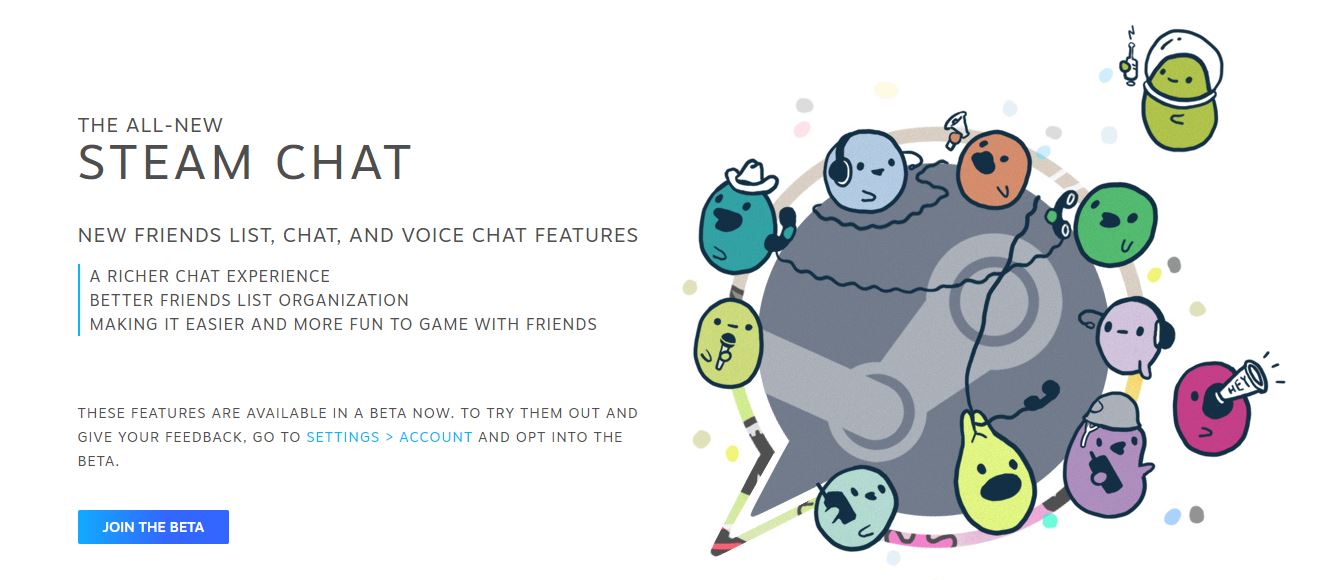

What may have been overlooked due to the myriad of E3 announcements, Valve decided to overhaul Steam’s chat client. Now it’s more user-friendly like Discord is.
According to the announcement, this will bring a modernized chat experience that is now multi-media friendly. If you want to show off a funny video you just saw or post a GIF, they will now upload directly into the chat instead of being displayed as a series of links.
The friends list has been redesigned to display names by what game they’re playing, who’s already in a party, and if they’re about to start a match. You can also now more easily invite multiple friends into a group chat. You will be able to create channels within your group chats for whatever topic you like. To invite people into your chat, you can create and send a link.
Full changes to the chat client include:
- Ability to share images by pasting images or uploading image files into chat
- Embedding support for YouTube, Imgur, Giphy, Twitter, Twitch, and more
- Rich link previews for URLs
- /me command for emotes
- /giphy for random gifs that may or may not say exactly what you want
- /code command for styling blocks of code
- Group chats are now persistent, you don’t need to rejoin every time you start Steam
- @mention support for group chat members (@here, @all, @member, etc)
- Group chats are available on the web
- Group chats now support multiple text and voice channels
- Custom group chat invite links – shareable in and outside of Steam
- Custom notification settings per group chats and channels
- Saved groups have role-based permissions
- Voice chat updated to new WebRTC-based backend
- Voice chat uses high quality Opus encoding
- Voice chat traffic payloads are encrypted
- Voice chat traffic is now relayed through Steam servers for low-latency connectivity and for privacy so your IP is never disclosed to those you chat with
- Voice calls from blocked users are automatically blocked
- Voice chat open mic support is improved with better noise filtering and volume detection
- Voice channels include a special text sub-channel for voice members only
- Friends in voice chats in mutual groups are displayed in the Friends List
- Voice controls are displayed in the Friends List whenever a voice chat is active
- Voice chat now supports individual volume for other voice chat members
- When voice chatting in a group, users can create multiple channels without needing an admin to add additional channels.
- Unless saved, voice channels are automatically removed when the last voice member leaves
- In-game friends are now sorted to the top of the Friends List
- In-game friends playing the same game are grouped together in the Friends List
- Setting to promote the display of nicknames
- Expanding the Friends List window will dock chats in the window in a side-by-side view
- Setting to preserve chat window state after restarting Steam Client
- Steam Client now displays your Steam avatar and profile name together in the account dropdown
- Notification of unread messages appears at the top of your friends list
- Drag and drop friends: to invite to group chats, add to favorites, and add to friend categories
- Easily add multiple friends to group chats or categories with new find-as-you-type friend selection tools
- Can now scroll back to load up to two weeks of chat history
- Group chats also keep up to two weeks of chat history
- Improved display of timestamps, which are now always enabled
- New “Invisible” mode allows you to appear offline, but still view your Friends List and chat
- Updated display of friends who are “Away”
- Offline friend “Last online” time now more reliable
- Offline friends can be sorted by name or last online
- Added key to allow localized rich presence information to be displayed in the Steam Client
- In game friends can now show additional information such as level or match, in the Friends List and chats
- Friends in a party together are shown in a group in the Friends List, for games which have integrated with the Steamworks Rich Presence API
- Can rename existing friend categories
- Added ability to add/remove multiple friends from a category at once
- Drag and drop to add friends to categories
- Friend categories (including built-in categories such as “Offline” or “In Game”) remember their open or collapsed state
- Favorite friends and chats can be pinned to the top of the Friends List
- New friend management page makes it easier to manage friends, invites, groups, followed games, and more on the Steam Community
- New custom friend-request links that can be sent outside of Steam to allow you to more easily add friends
- Added ability to view Inventory and send Trade Offers from right click menu
- Incoming Trade Offers from friends or users you are chatting with will show a notification and an inline message in chat
- Built-in option to easily share your Steam Trade URL in chat rooms
- New chat features can be delivered without the need to update the entire Steam client
- Web chat now uses a websocket-based connection for much better reliability and speed
- Nearly every feature available to Steam Client chat is also available from a web browser
- Changing friend nicknames, categories, and other friends settings will now be synced between all your online sessions
- Messages delivered to sessions that have been idle are treated as “unread”
- Sending a chat message will now show an error if there was any problem delivering the message
- When sending a URL or something that looks like a URL, they will become clickable but maintain their original text
These new features are currently only available in beta. To try out the beta, click here.
Via: Neowin

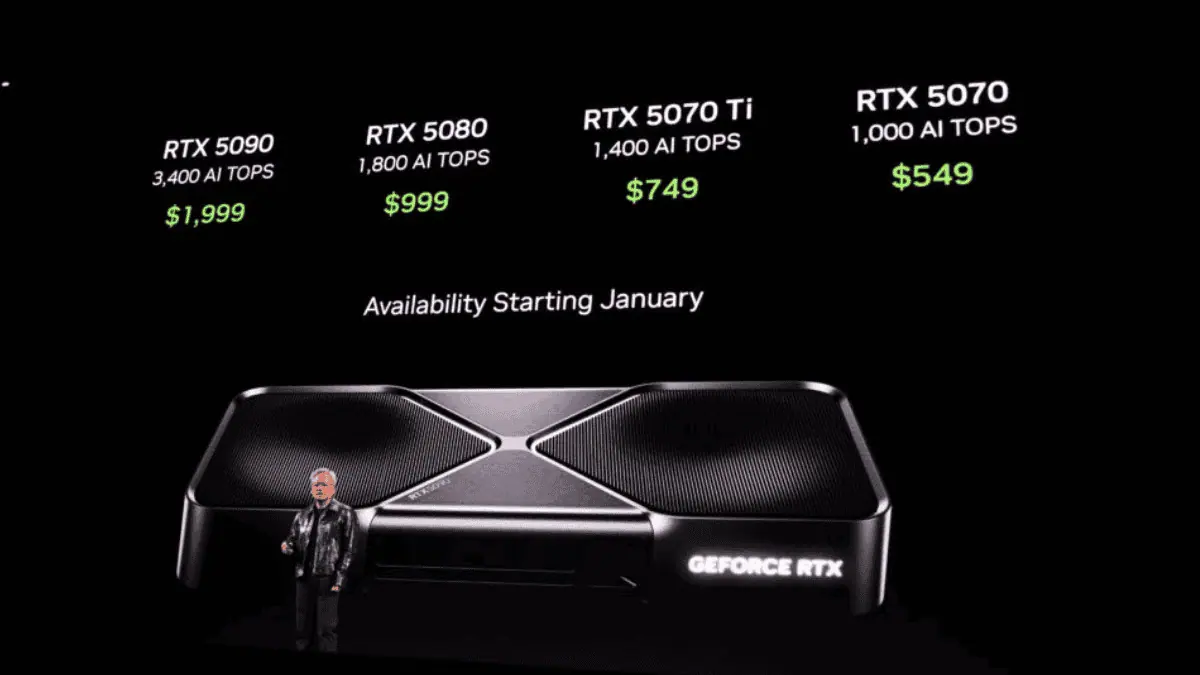
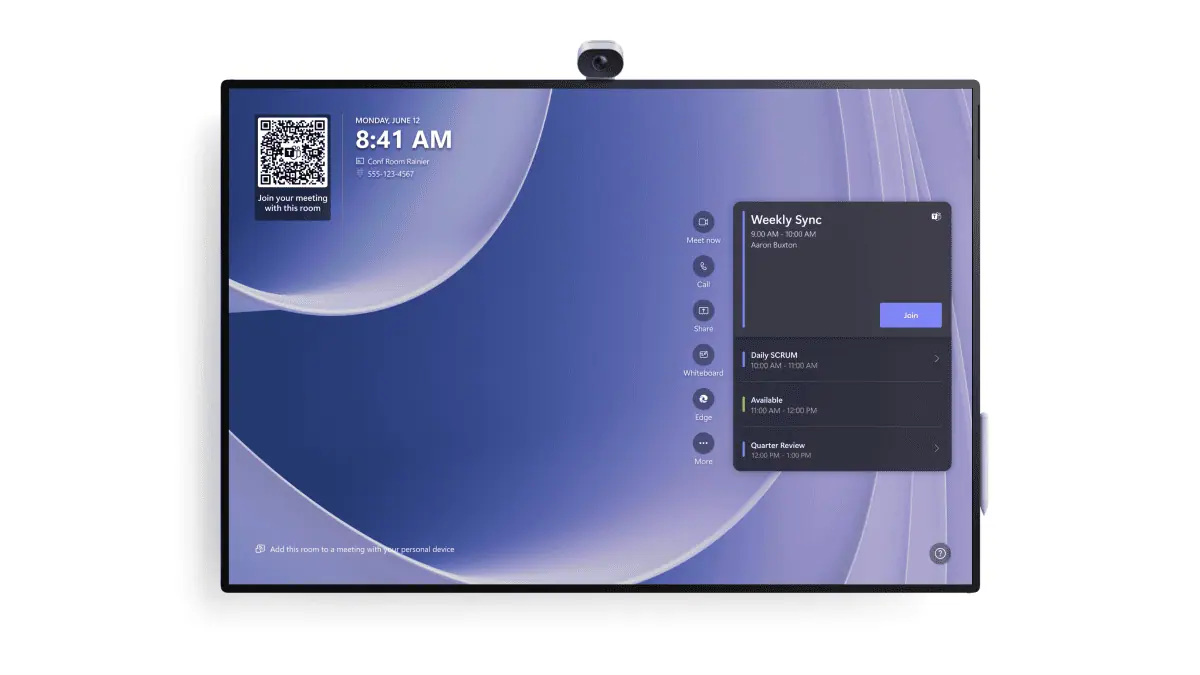


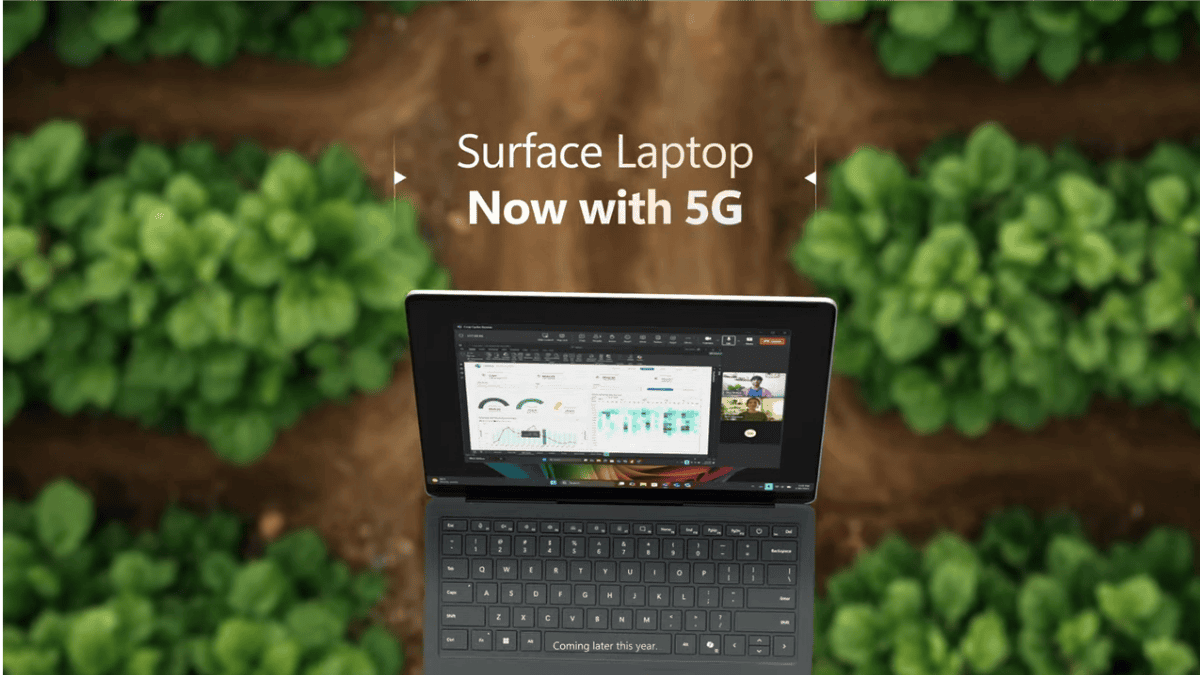
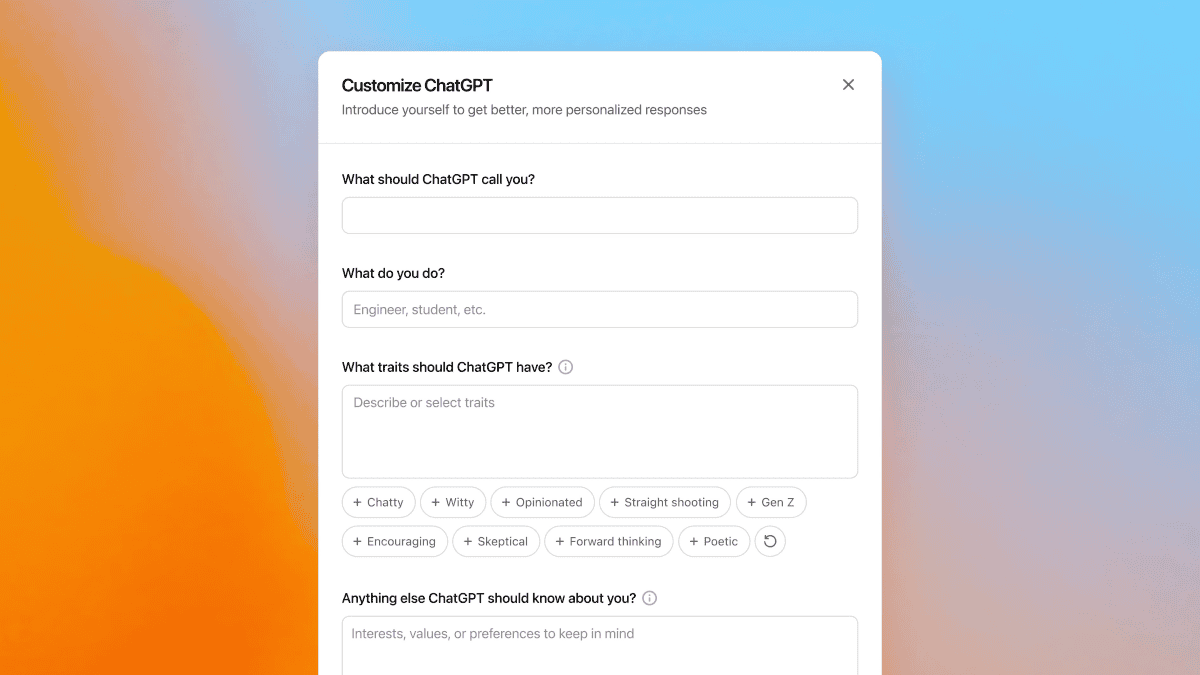
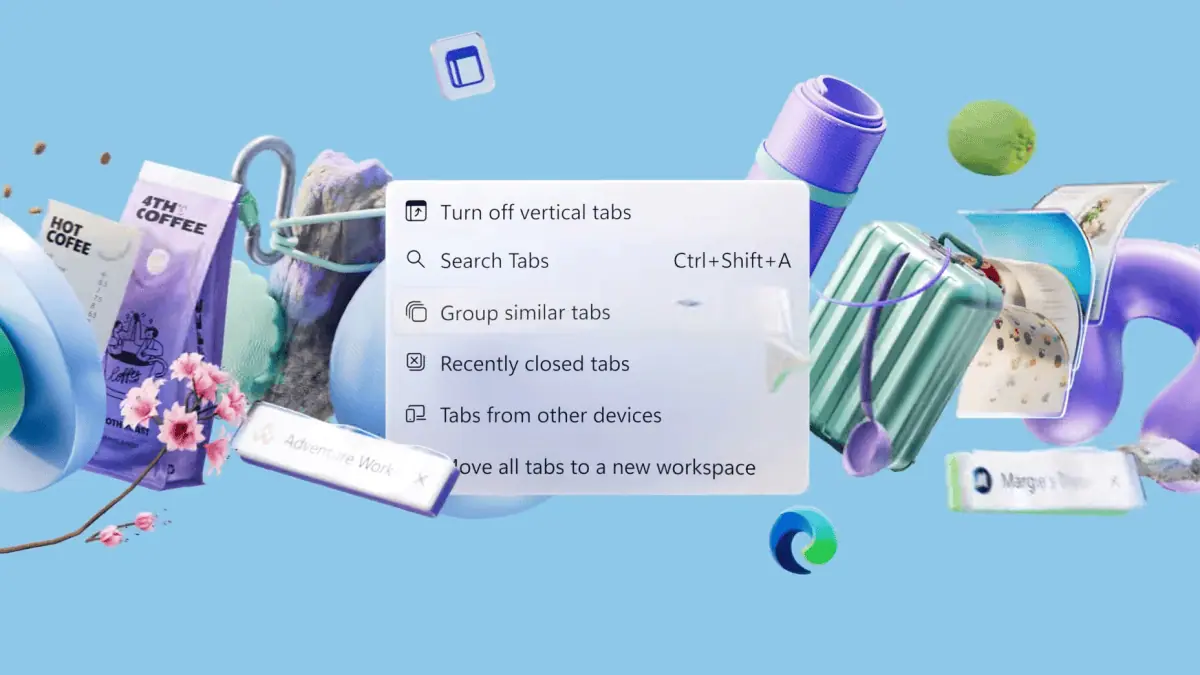

User forum
0 messages